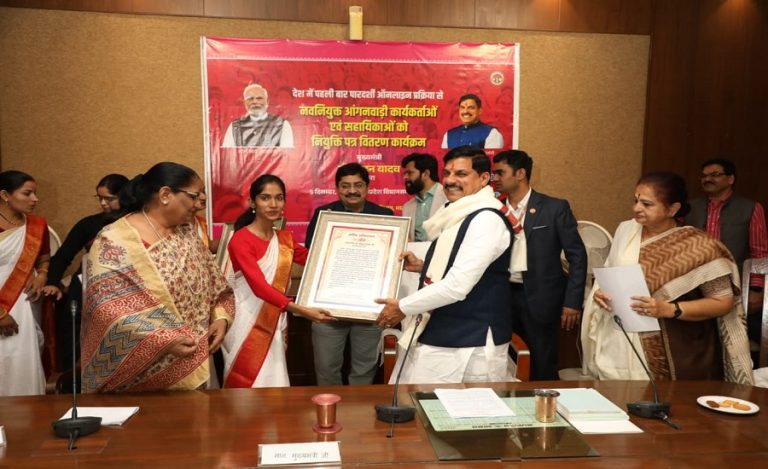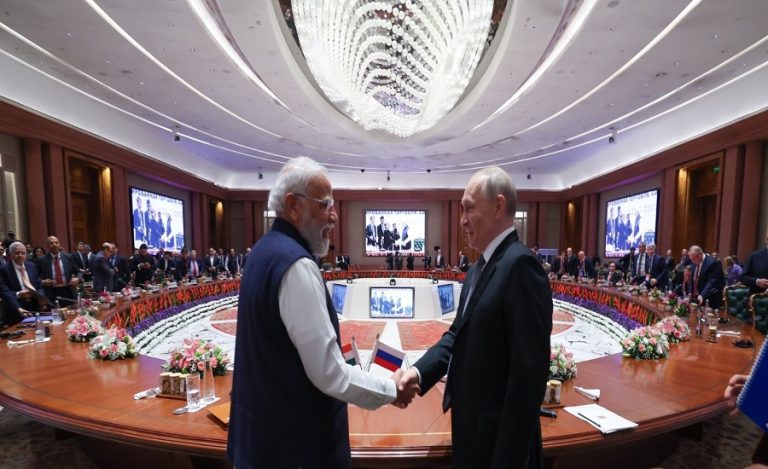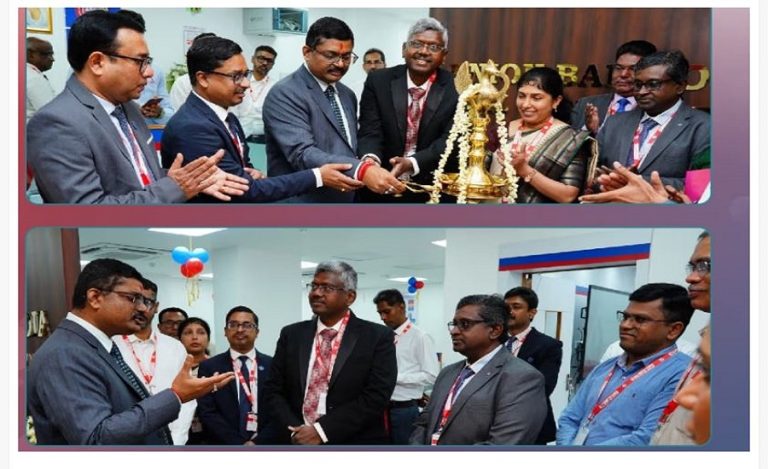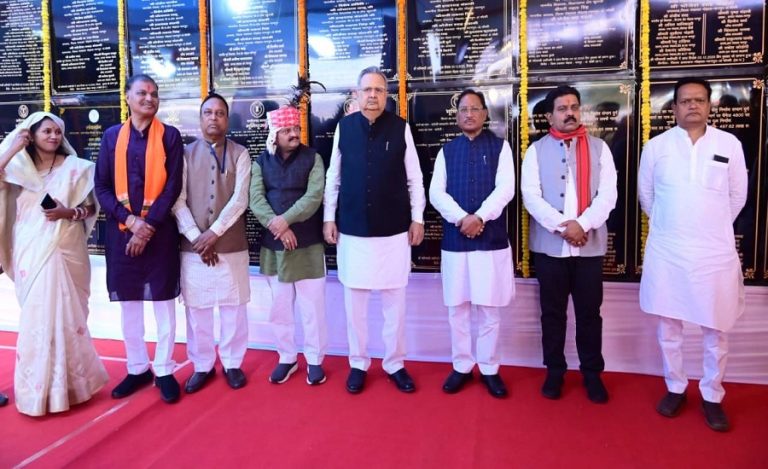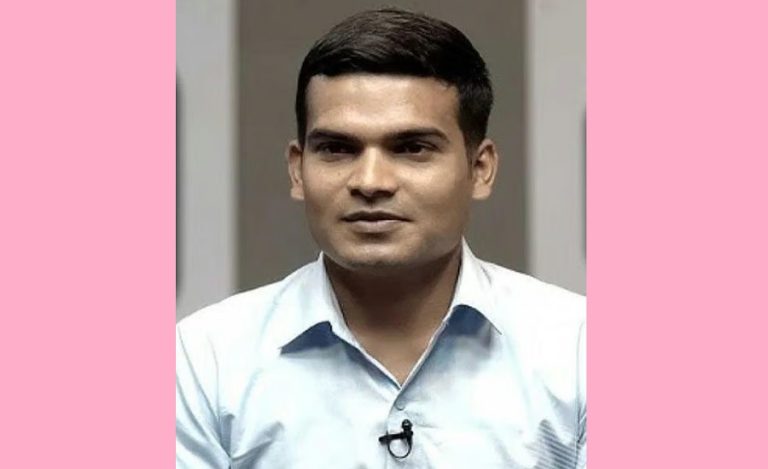New Delhi: Chief Justice of India Bhushan R. Gavai has issued a firm reminder to the Union government, urging it to stop the practice of selectively acting on collegium recommendations, particularly in appointments and transfers of judges. Stressing that approvals must not be granted in instalments or through name-wise segregation, CJI Gavai underlined the importance of upholding the collegium’s institutional integrity.
Strong Message in First Collegium Meeting
The message was delivered during CJI Gavai’s first collegium meeting on May 26, which marked a significant reshuffle in India’s judicial framework. According to sources familiar with the deliberations, Justice Gavai highlighted that cherry-picking names from a batch of recommendations not only hampers judicial seniority but undermines the collegium’s authority.
“Segregation of names sends an improper signal and disrupts the seniority line of judges,” a source quoted CJI Gavai as saying. The practice has led to long delays in appointments made by his predecessors, some of which remain pending.
Major Appointments and Transfers Approved
In a decisive opening move, the collegium led by CJI Gavai recommended the elevation of Justices NV Anjaria, Vijay Bishnoi, and AS Chandurkar to the Supreme Court. Their appointments were promptly notified by the government on May 30, bringing the apex court’s strength to its sanctioned 34 judges.
The same collegium session proposed the elevation of five new Chief Justices-
- Justice Sanjeev Sachdeva (Rajasthan)
- Justice Vibhu Bakhru (Karnataka)
- Justice Ashutosh Kumar (Gauhati)
- Justice Vipul M Pancholi (Patna)
- Justice Tarlok Singh Chauhan (Jharkhand)
Additionally, 22 judges were recommended for transfer across various High Courts, and four Chief Justices were rotated between Madras, Rajasthan, Tripura, Telangana, and Jharkhand.
Delhi High Court to Get Six Judges
Notably, the Delhi High Court is set to receive six new judges under this round of transfers, signaling a renewed push for administrative efficiency and transparency. All collegium files—except one delayed due to a late consent—have been cleared and are expected to be formally notified within a week.
Transparency Measures Launched
This sweeping reorganisation follows the Supreme Court’s push toward greater transparency, initiated by former CJI Sanjiv Khanna. It includes public disclosure of collegium resolutions, judge profiles, and asset declarations on the official Supreme Court website.
Collegium vs. Executive: Ongoing Friction
Despite procedural progress, the core friction between the judiciary and executive continues. The Memorandum of Procedure (MoP) governing judicial appointments remains unresolved, contributing to delays and disputes.
The practice of segregating collegium recommendations has long been contentious. In 2014, then CJI RM Lodha objected to the removal of Gopal Subramanium from a recommended list. More recently, Justice Sanjay Kishan Kaul, before retiring in 2023, cautioned that selective approvals eroded trust between the judiciary and executive.
NJAC Fallout and the Battle for Autonomy
In 2015, the Supreme Court struck down the National Judicial Appointments Commission (NJAC) law passed by the NDA government, which had attempted to give the executive greater say in judicial appointments. The verdict reaffirmed judicial independence but left behind unresolved tensions that still affect judicial appointment procedures today.
Push for Judicial Stability
CJI Gavai’s assertive stance marks a shift toward reinforcing the authority of the collegium system and curbing executive overreach. With timely appointments, greater transparency, and resistance to name-wise segregation, the judiciary seems poised to reclaim procedural clarity and institutional respect.


